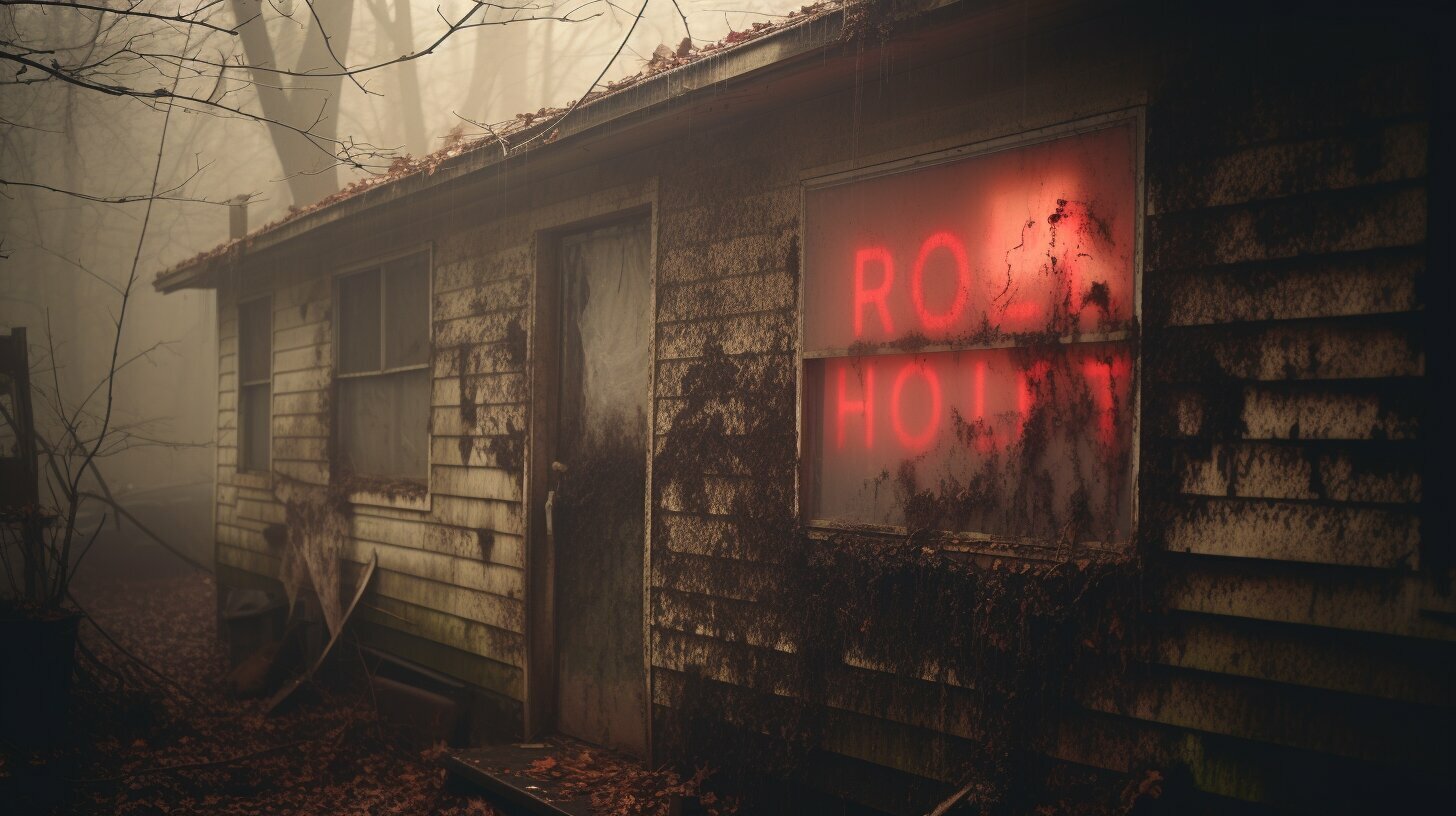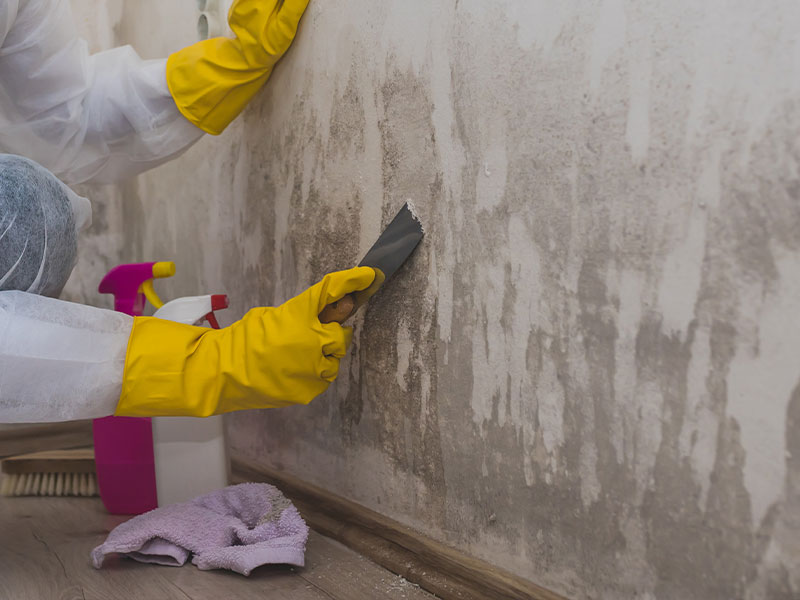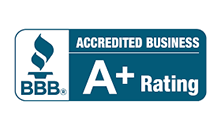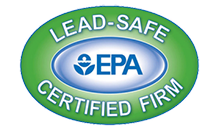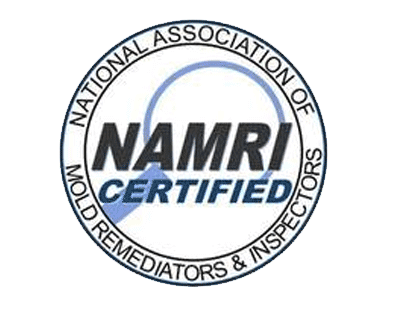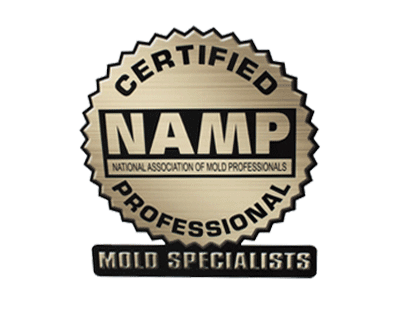If you’re experiencing respiratory issues, headaches, or allergic reactions, you may be living in a house with black mold. Black mold, also known as Stachybotrys chartarum, is a type of fungus that thrives in damp and humid conditions. Living in a mold-infested environment can have serious health implications, especially for children, the elderly, and people with weakened immune systems. In this section, we’ll explore the risks of black mold and its impact on your health to help you determine if it’s safe to live in a house with black mold.
Key Takeaways:
- Black mold can pose serious health risks to individuals living in mold-infested environments.
- The longer you’re exposed to black mold, the more severe the potential health consequences can be.
- If you suspect or have confirmed the presence of black mold in your house, it’s crucial to take immediate action to address it.
- Preventive measures, such as controlling moisture levels, can help reduce the risk of black mold growth.
- Professional mold remediation services may be necessary to ensure thorough removal of black mold.
Understanding Black Mold
Black mold is a type of fungus that grows in damp areas. It is greenish-black in color and has a distinctive musty odor. But what is black mold exactly, and how does it form?
Black mold, also known as Stachybotrys chartarum, thrives in moist environments with high humidity levels. It can grow on various surfaces, such as drywall, wood, and carpet, and can spread quickly if left untreated. Black mold spores are released into the air and can be inhaled or ingested, causing health problems.
So, where does black mold grow? Black mold typically grows in areas with water damage or leaks, such as bathrooms, kitchens, and basements. It can also grow on materials that retain moisture, such as paper, cardboard, and fabrics.
It’s essential to identify and address black mold growth as soon as possible to prevent further damage and health risks. In the next section, we will explore the potential risks of living with black mold in your house.
Potential Risks of Living With Black Mold
If you are living in a house with black mold, it can pose serious health risks. Prolonged exposure to black mold can cause various respiratory issues, allergies, and even toxic effects.
Respiratory issues from black mold are common, particularly for individuals with existing respiratory problems or weakened immune systems. Symptoms can include coughing, wheezing, and shortness of breath. If left untreated, respiratory issues from black mold exposure can lead to serious lung infections.
Allergies caused by black mold can also be a concern. Black mold has allergenic properties that can cause symptoms such as sneezing, runny nose, and itchy eyes. These symptoms are similar to those caused by other allergies, making it difficult to diagnose black mold as the cause.
Black mold can also have toxic effects on your health. Some studies suggest that prolonged exposure to black mold may lead to neurological problems, such as memory loss, confusion, and even depression. Toxic effects of black mold exposure are more likely in individuals with a weakened immune system, as they are less able to fight off the harmful effects of the mold.
If you suspect that you have been exposed to black mold and are experiencing any of these symptoms, it is important to seek medical attention immediately.
Steps to Address Black Mold in Your Home
If you suspect or have confirmed the presence of black mold in your house, taking immediate action is crucial to prevent further growth and safeguard your health. Here are some practical steps you can take to address black mold in your home:
- Identify the source of moisture: Black mold thrives in humid and damp environments. Therefore, it’s essential to identify the root cause of the moisture problem and resolve it. Common sources of moisture include leaky pipes, roof leaks, and poor ventilation. Fixing the source of moisture is critical to prevent black mold from coming back.
- Remove the mold: Once you’ve identified the presence of black mold, it’s vital to remove it as soon as possible. You can use various cleaning solutions, including bleach, vinegar, and hydrogen peroxide, to remove black mold. Ensure that you wear protective gear, such as gloves and a mask, to avoid inhaling mold spores. Scrub the affected area thoroughly and let it dry completely. Dispose of any contaminated materials safely.
- Prevent further growth: Preventive measures are crucial to stopping black mold from growing back. Ensure that the affected area is well-ventilated and dry. Consider using a dehumidifier to reduce indoor humidity levels. Regularly clean and maintain your home to prevent the accumulation of dust and moisture.
- Hire mold remediation professionals: While you may be able to handle small areas of black mold, significant mold infestations require professional remediation. Mold remediation professionals use specialized equipment and techniques to remove mold safely and effectively. They can also identify hidden mold growth and address the root cause of the moisture problem.
It’s essential to take black mold seriously and address it promptly. By following these steps and seeking professional help when needed, you can ensure a safe and healthy living environment for you and your family.
Conclusion
Living in a house with black mold can have serious health implications for you and your family. As we’ve discussed, prolonged exposure to black mold can lead to respiratory issues, allergies, and other health problems. It’s crucial to take immediate action if you suspect or have confirmed the presence of black mold in your home.
By understanding what black mold is, where it grows, and the conditions that favor its development, you can take steps to prevent its growth and ensure a safe and healthy living environment. If you do discover black mold, it’s important to remove it promptly and thoroughly to prevent its spread and the potential for health problems.
Remember, addressing black mold in your home is not a DIY task. It’s essential to seek the assistance of mold remediation professionals who have the knowledge, experience, and equipment to handle the situation safely and effectively.
By taking these steps, you can protect yourself and your loved ones from the risks associated with living in a house with black mold. Don’t hesitate to take action and ensure a safe and mold-free home.
FAQ
Is it safe to live in a house with black mold?
Living in a house with black mold can pose serious health risks. Prolonged exposure to black mold can lead to respiratory issues, allergies, and other health problems. It is important to address black mold promptly to ensure a safe living environment.
What is black mold and how does it form?
Black mold, also known as Stachybotrys chartarum, is a type of fungus that thrives in damp and humid environments. It typically forms in areas with water damage or excessive moisture, such as basements, bathrooms, or areas affected by leaks or flooding.
Where does black mold grow?
Black mold can grow in various areas of a house, particularly in places with high humidity or water damage. Common areas where black mold is found include basements, bathrooms, attics, crawl spaces, and areas affected by leaks or flooding.
What are the potential risks of living with black mold?
Living with black mold can lead to respiratory issues such as coughing, wheezing, and difficulty breathing. It can also cause allergies, including sneezing, nasal congestion, and skin irritation. In some cases, exposure to black mold can have toxic effects on the body.
How can I address black mold in my home?
If you suspect or have confirmed the presence of black mold in your house, it is important to take immediate action. Start by identifying and fixing the source of moisture. Properly clean and remove the mold using appropriate safety measures. It is also important to fix any water leaks, improve ventilation, and maintain proper humidity levels to prevent black mold growth. In severe cases, it may be necessary to hire mold remediation professionals for thorough cleanup.
What can I do to prevent black mold growth in my home?
To prevent black mold growth, it is essential to control moisture levels in your home. Fix any sources of water leaks or excessive moisture promptly. Improve ventilation in areas prone to high humidity, such as bathrooms and kitchens. Use dehumidifiers if needed, especially in basements or other areas with inadequate airflow. Regularly clean and inspect areas that are susceptible to mold growth, such as bathrooms, basements, and areas affected by water damage.
Why is it important to seek professional help for mold remediation?
Professional mold remediation is crucial when dealing with extensive or severe cases of black mold. Mold remediation professionals have the expertise, tools, and equipment needed to safely remove the mold and prevent its recurrence. They can also identify hidden sources of mold growth and provide comprehensive solutions to ensure a thorough cleanup.
What should I do if I suspect black mold in my home?
If you suspect black mold in your home, it is recommended to consult with a mold inspection and remediation professional. They can assess the situation, perform mold testing if necessary, and provide appropriate recommendations for remediation. Taking prompt action is essential to protect your health and prevent the spread of mold.
How often should I inspect my home for black mold?
It is a good practice to regularly inspect your home for signs of mold growth, especially in areas prone to moisture or water damage. Conduct visual inspections at least once a year and after any incidents that may lead to mold growth, such as leaks or flooding. Promptly address any signs of mold or water damage to prevent the spread and potential health risks.
